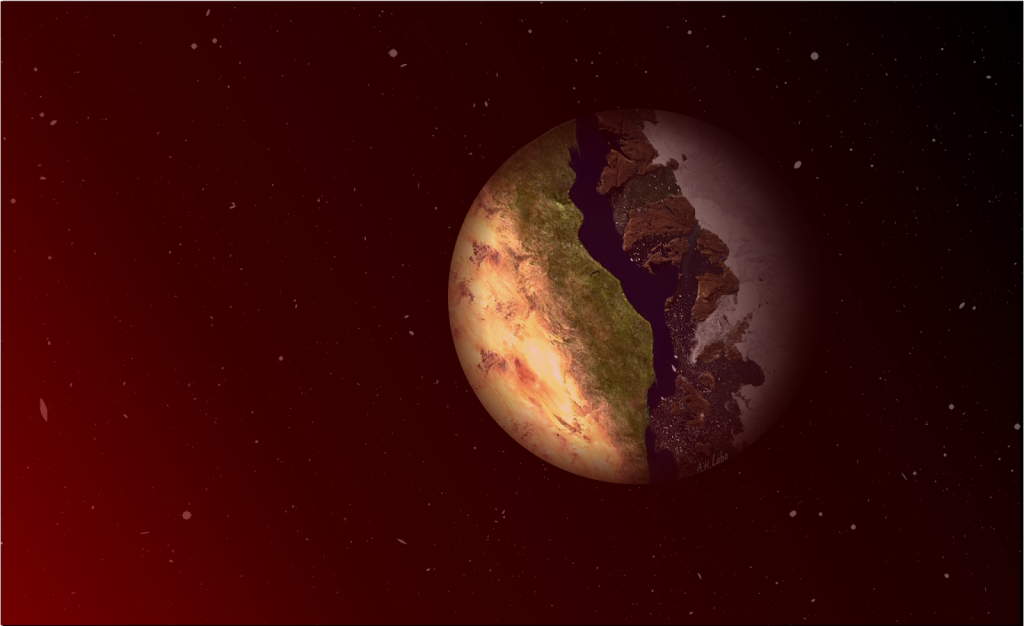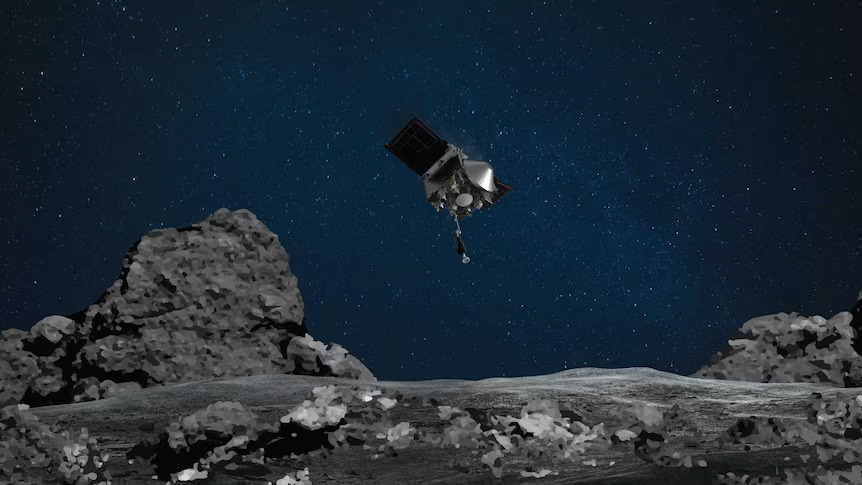Dr. Corey Beard and their team at UC Irvine have uncovered an extraordinary planetary system nicknamed the “Duck System” by the exoplanet community. With six known planets (potential seventh) and a mention on The Late Show with Stephen Colbert! Blog writer Vidya Venkatesan sat down with Dr. Beard to discuss this remarkable system, the science…Continue Reading Duck System: A Young Star with Six Exoplanetary Ducklings
Duck System: A Young Star with Six Exoplanetary Ducklings


